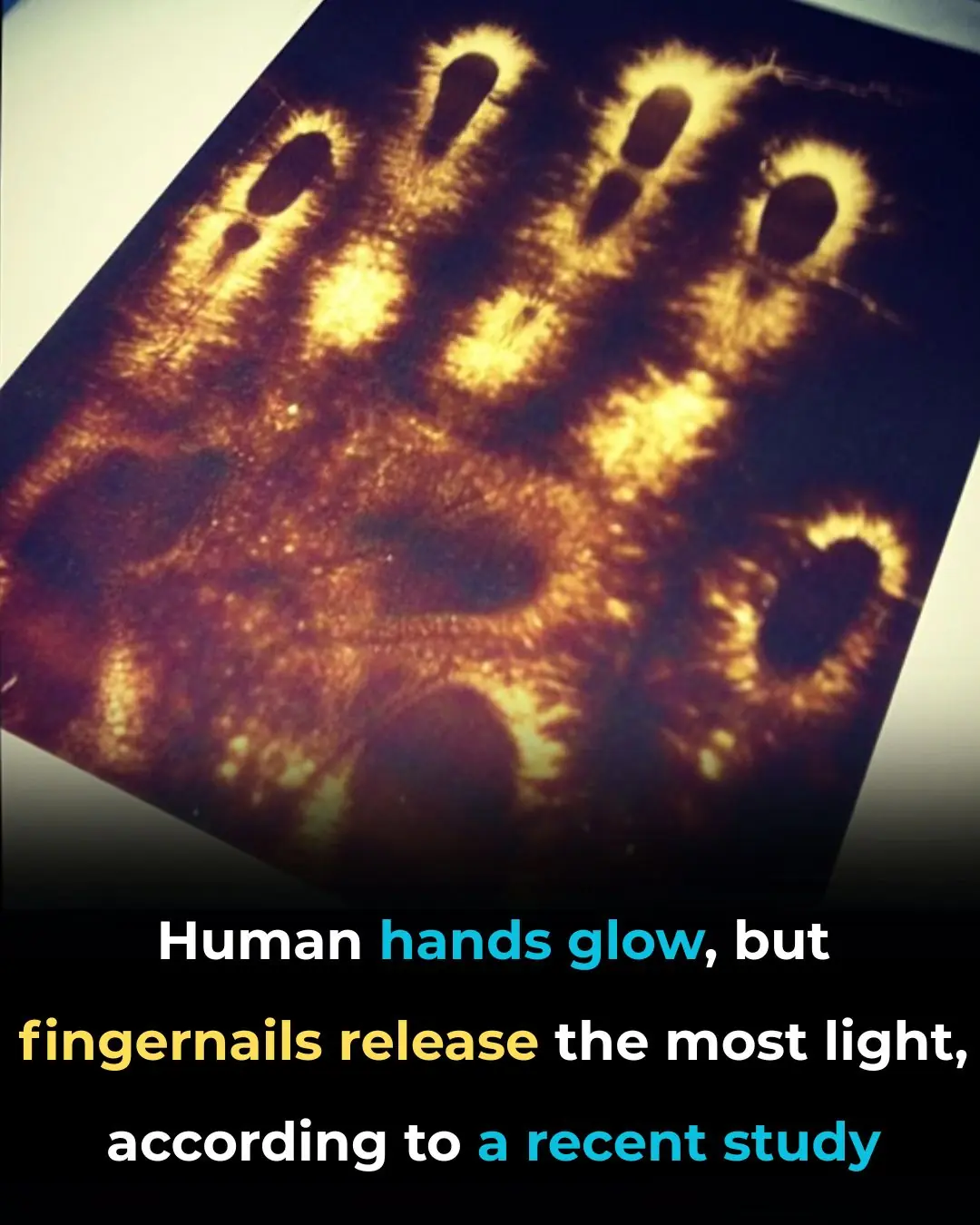
Google Maps Solves Chilling Mystery of Missing Woman - Captured Her Final Moments by Accident
The mystery surrounding the disappearance of 83-year-old Paulette Landrieux was finally solved after two years, thanks to an unexpected digital tool - Google Maps. This remarkable breakthrough came after all conventional search methods had failed to uncover any clues about her whereabouts.
Paulette Landrieux vanished on November 2, 2020, near her residence in Andenne, Belgium. On that seemingly ordinary day, she stepped out of her home and was never seen alive again. At the time, her husband was outside, hanging the laundry, unaware that it would be the last time he would ever see his wife.
Local authorities launched a massive search operation. Classified as a "potentially confused woman," Landrieux was known to have a tendency to wander and knock randomly on neighbors’ doors. Given her age and mental state, the urgency of the situation was immediately recognized.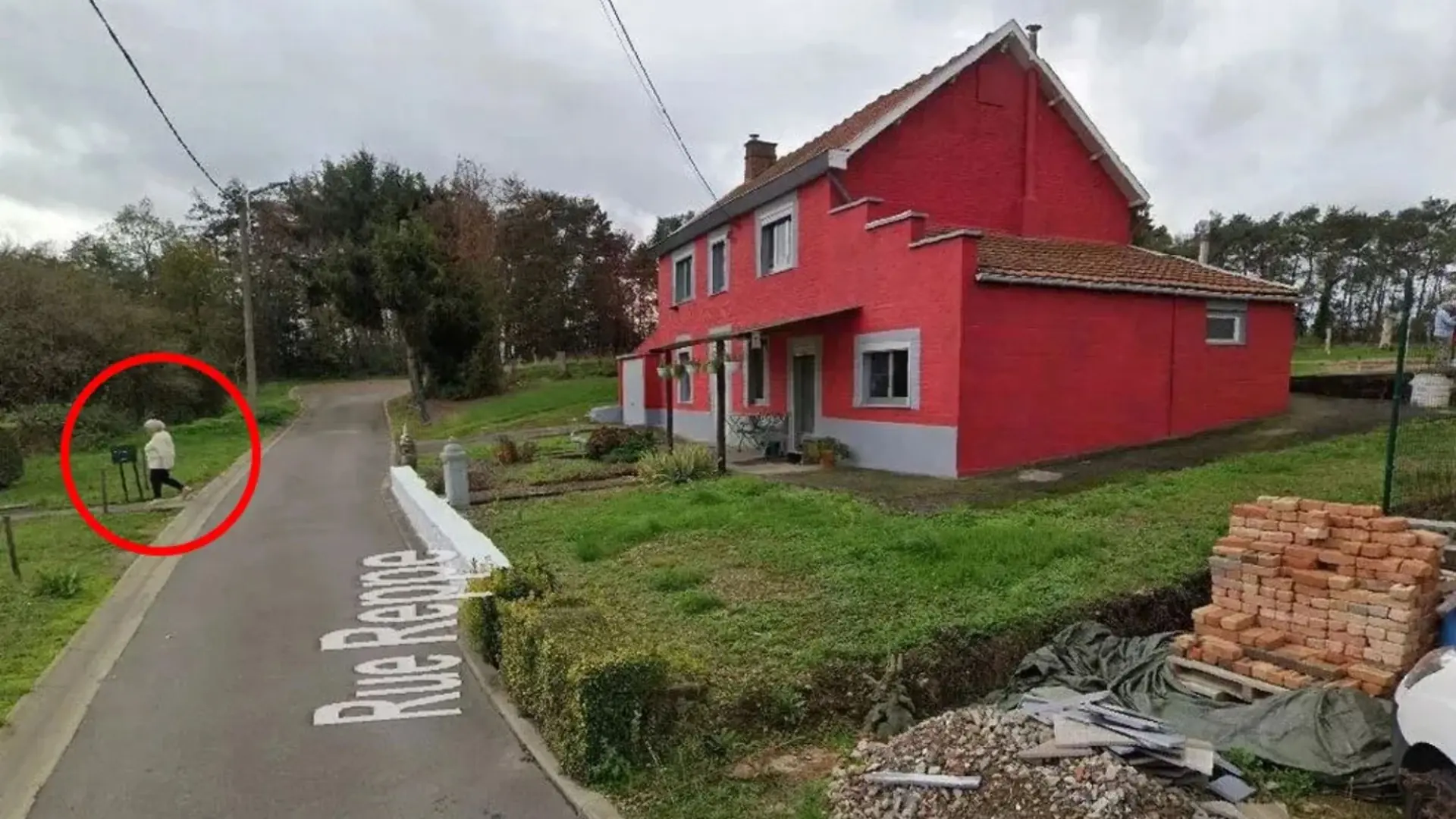
Despite a wide-ranging search that included sniffer dogs, thermal imaging helicopters, and drones, no trace of Paulette could be found. Search teams combed the surrounding woods, streets, and the banks of the nearby Meuse River. As days turned into weeks and then months, hope began to fade. Eventually, many - including her family - assumed she had tragically fallen into the river and drowned. By 2022, her case was on the brink of being closed indefinitely.
The Google Maps Breakthrough
In a final effort, someone decided to examine the area around her home using Google Street View. To everyone's shock, an image taken near the time of her disappearance showed an elderly woman crossing the street toward a neighbor’s garden. The woman, wearing a white sweater and black pants, closely matched Landrieux’s description. “It was then he discovered that these images showing Landrieux in a white jumper and black trousers were her final moments.”
Upon closer inspection, the image also captured her husband standing at the back of their house, completely unaware that this would be the last moment he would ever see his wife alive. “Even more chillingly, on the far right of the image, her husband can be seen at the back of the house completely unaware it will be the last time he sees his wife alive.”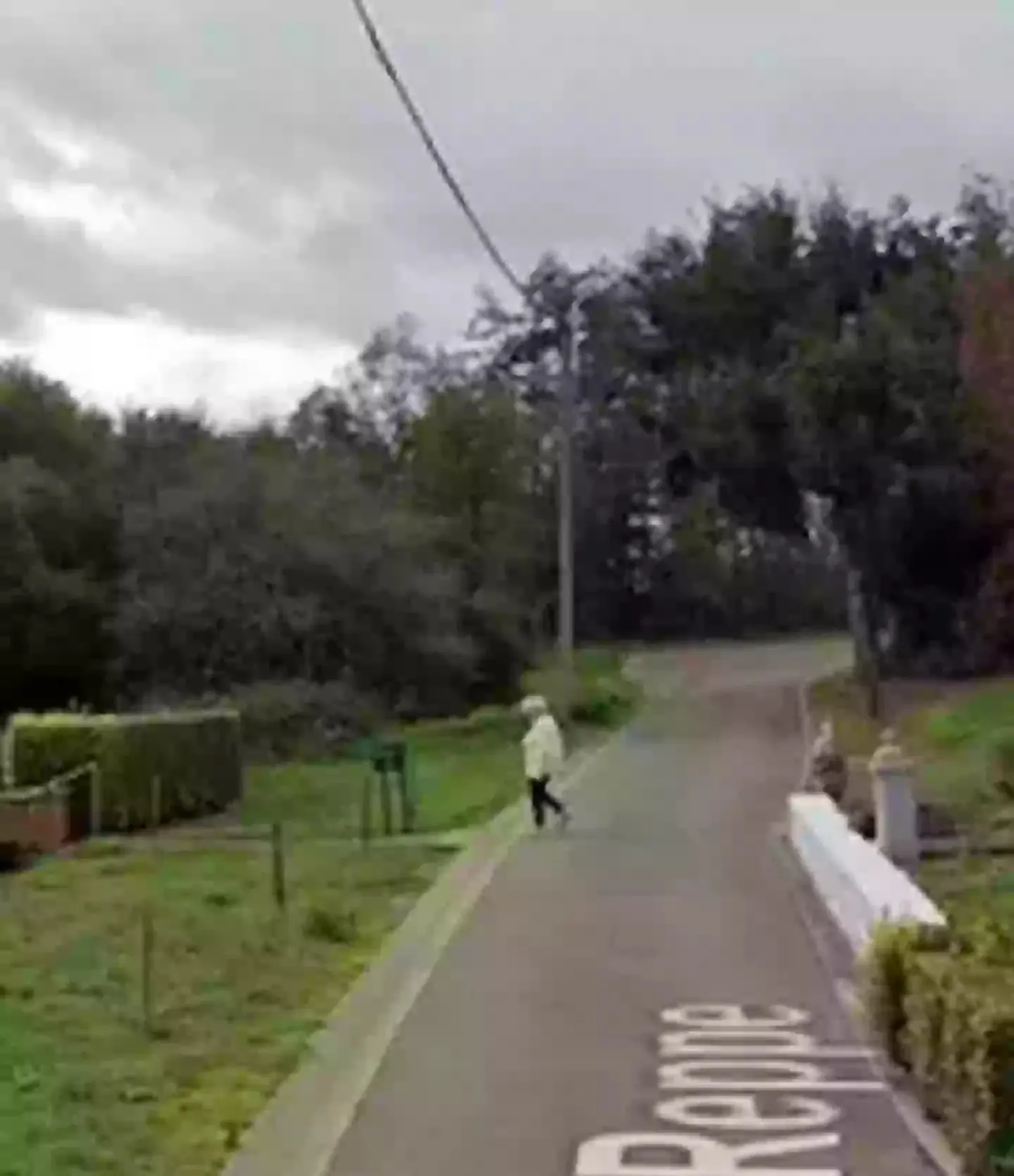
Authorities were immediately dispatched to the exact location seen in the Street View image. To their dismay, they found Paulette’s body at the bottom of a steep hill, just below the neighbor’s garden. It appeared that she had fallen from an open section of the yard and died shortly afterward.
Questions and Reactions Online
The story resurfaced in a video uploaded by the YouTube channel Chilling Scares, sparking a wave of disbelief and emotion online. Many viewers expressed their shock that it had taken so long to find her body - especially in such close proximity to her home.
“The one thing that confuses me is how tf for nearly TWO YEARS nobody at the neighboring house realized there was a dead body in their yard. That's insane,” one YouTube commenter remarked.
The discussion also ignited on the Google Maps subreddit, where users expressed a mix of sadness and astonishment over the role modern technology played in solving the mystery. Some called it “sad,” “chilling,” and “quite scary.”
One particularly striking comment read: “Though she was at the wrong place at the wrong time, Google was there at the right place at the right time.”
Another added: “That's so creepy. Imagine the Google Street View truck just passed there minutes before her death.”
Someone else commented: “The chances that the Google Maps driver was driving by at the exact moment is crazy. Sad that the husband was there not knowing that was the last day he’d see her.”
A Tragic Ending, A Modern Lesson
This heartbreaking case is a rare and haunting example of how modern digital tools, even those not intended for law enforcement, can play a role in solving real-world mysteries. While Google Maps is typically used for directions or street navigation, in this case, it offered a chilling glimpse into someone’s final moments - capturing an image that neither she nor her family could have imagined would become so significant.
In the wake of Landrieux's discovery, there has been a renewed conversation about improving search protocols and using advanced technologies - such as satellite imagery, AI-assisted visual analysis, and crowd-sourced geolocation - to aid in missing persons cases.
Although Paulette Landrieux’s story ends in tragedy, her case also highlights the potential of everyday technologies to uncover truths that might otherwise remain hidden. Her family finally received the closure they so desperately needed, and her story now serves as a reminder that sometimes, even in a world overflowing with data and images, it’s a single overlooked detail that can make all the difference.
News in the same category


Mosquitoes Rain From The Sky Over Hawaii—Scientists Explain Why
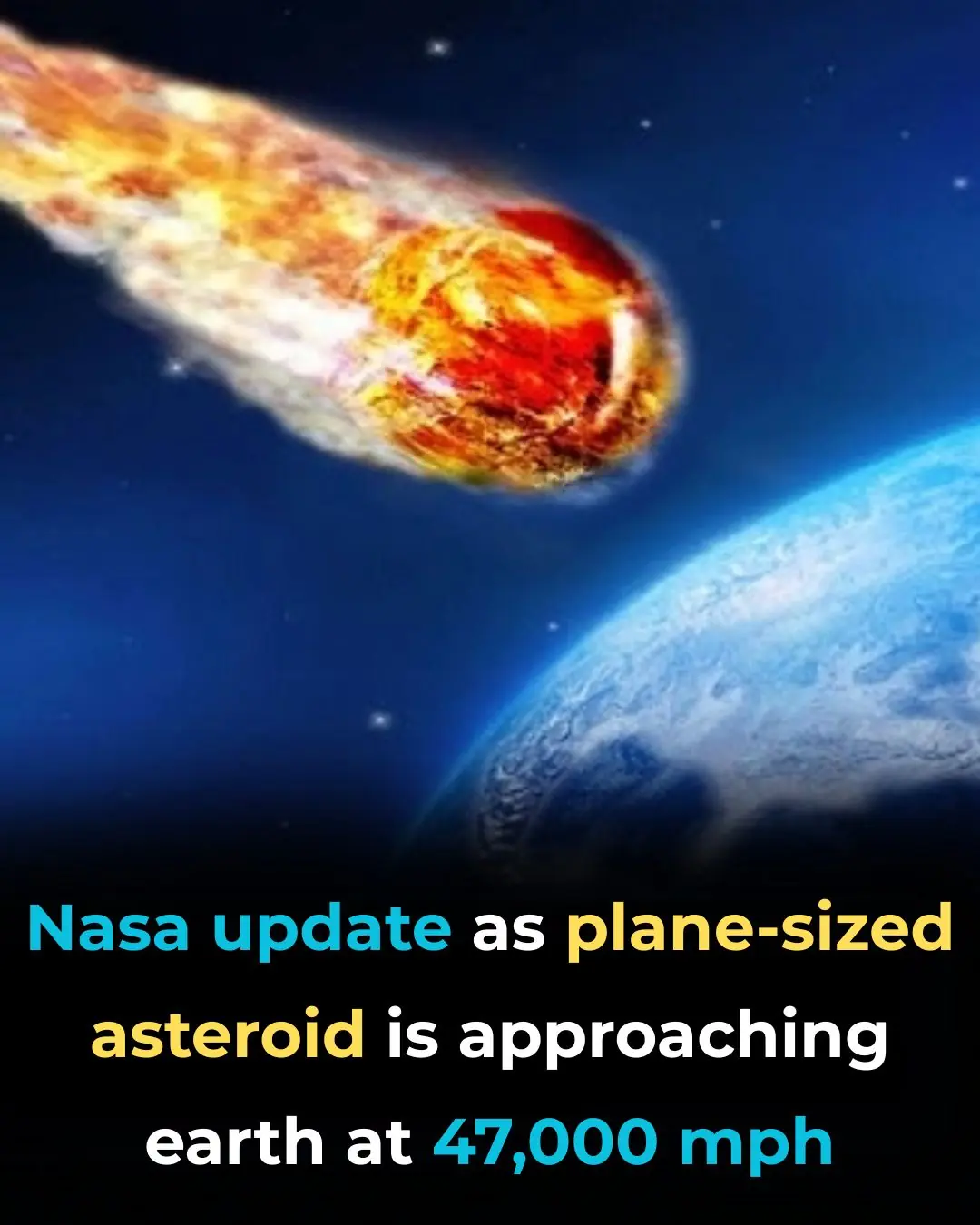
Nasa Tracks Plane-Sized Asteroid Speeding Toward Earth At 47,000 Mph
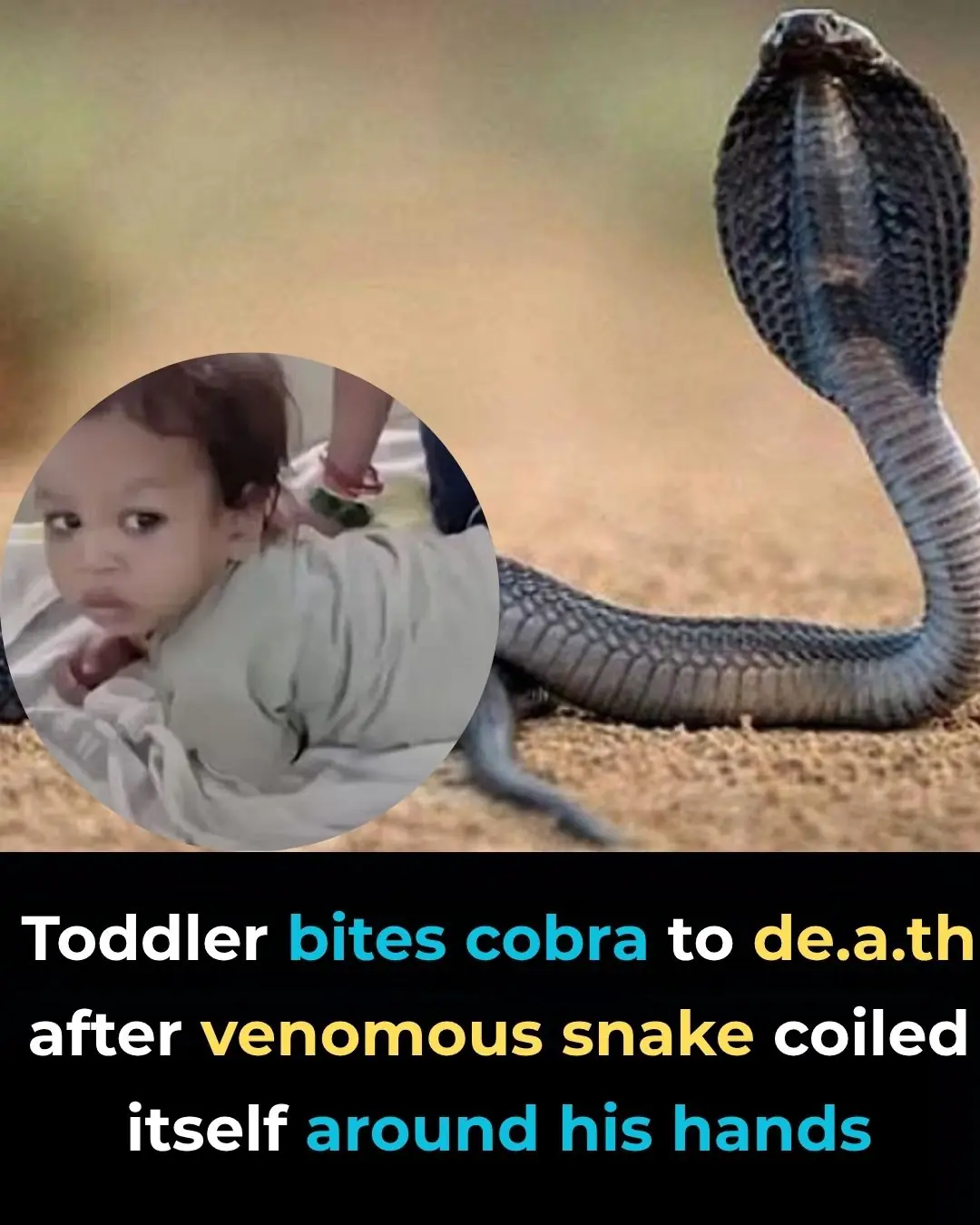
Two-Year-Old Boy Bites Cobra To Death After Snake Coils Around His Hands In India
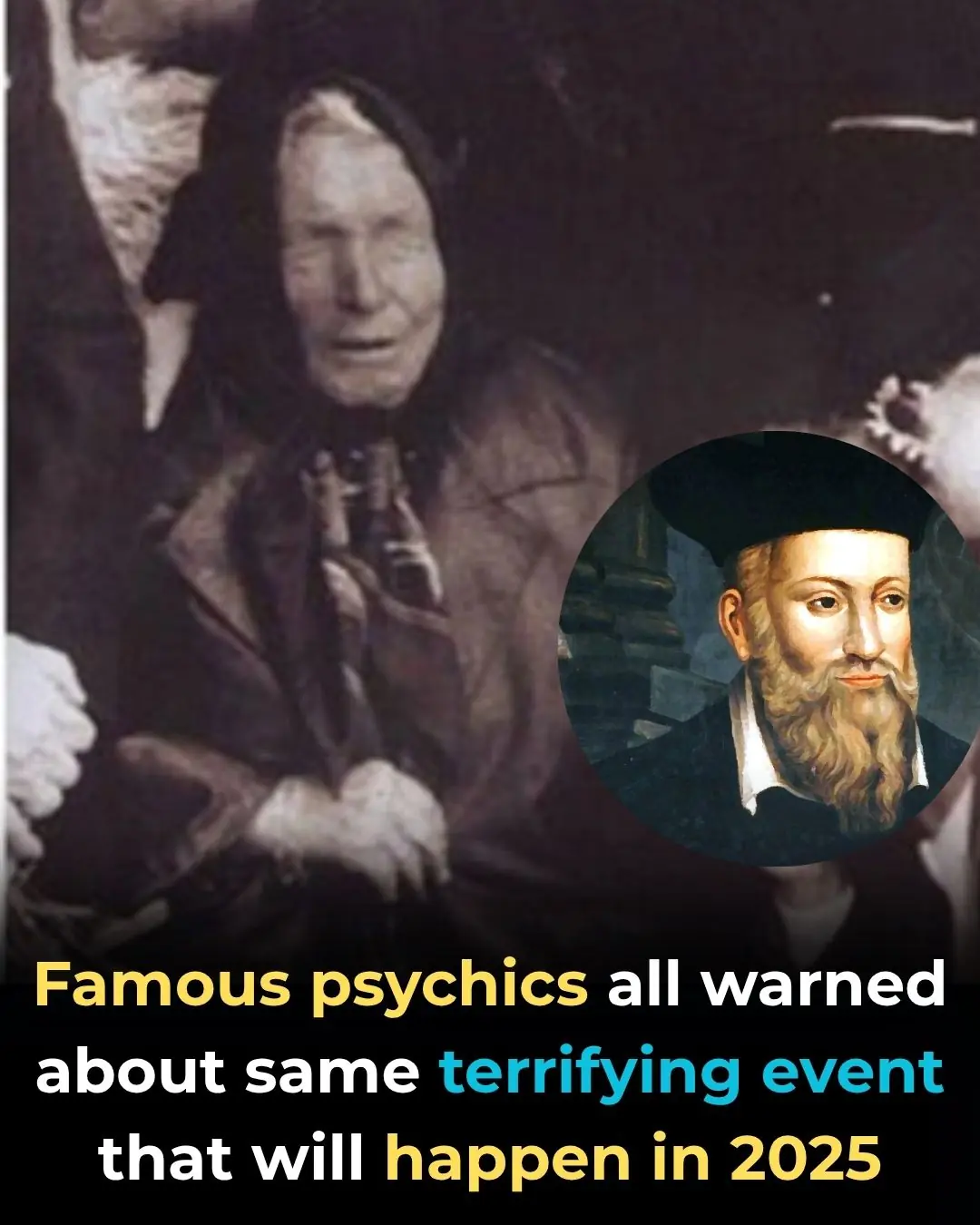
Four Famous Psychics Warn World War III Could Begin By End Of 2025

Eat Just 3 of These Daily and Watch What Happens to Your Body
. Their ability to benefit nearly every major system in the body - from the heart and liver to the brain and bones - makes them a powerful ally in maintaining health and vitality.
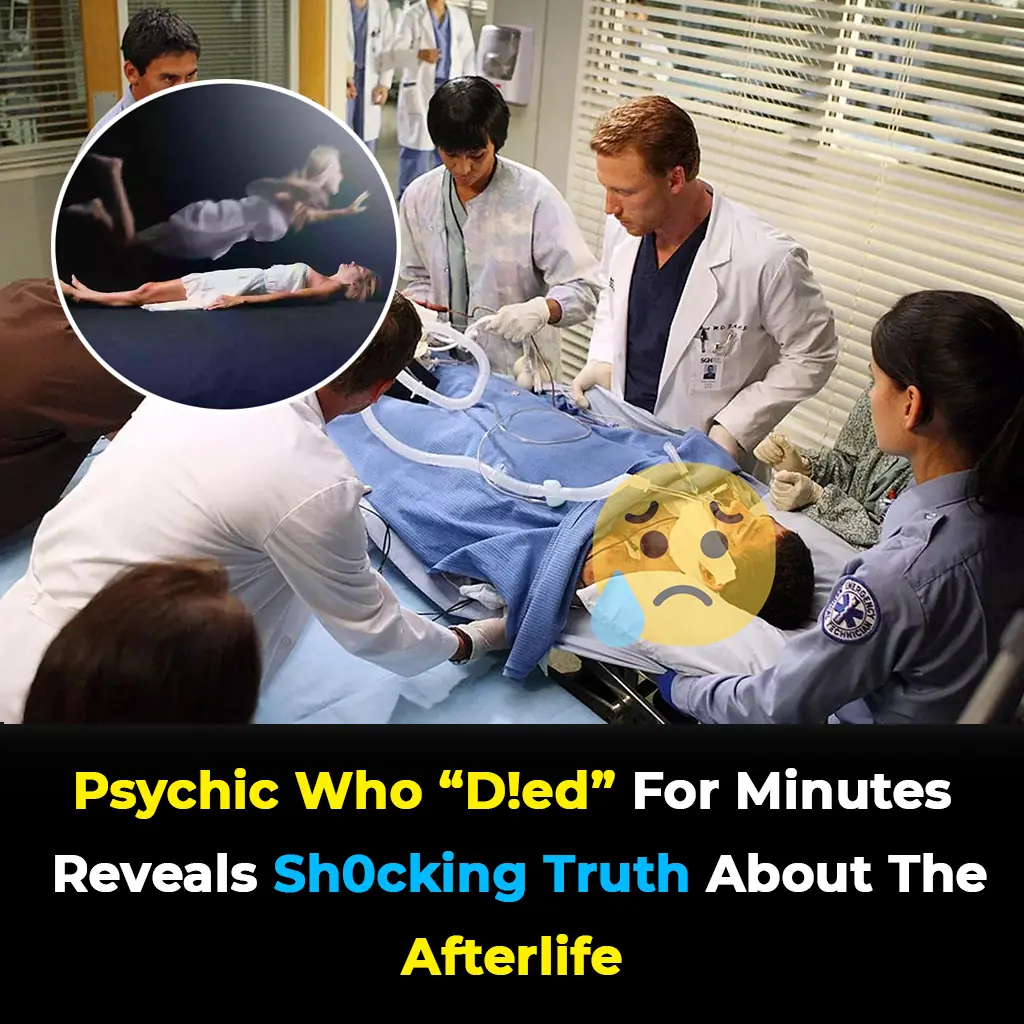
Psychic who suffered near-death experience reveals shocking truth about the afterlife
A psychic has detailed about afterlife after claiming to have experienced the feeling "dea@th" four times.

Real story behind Amelia Earhart and the Bermuda Triangle as scientists 'solve mystery' after 88 years

Airlines forced to cancel flights after 'Japanese Baba Vanga' predicts catastrophic disaster
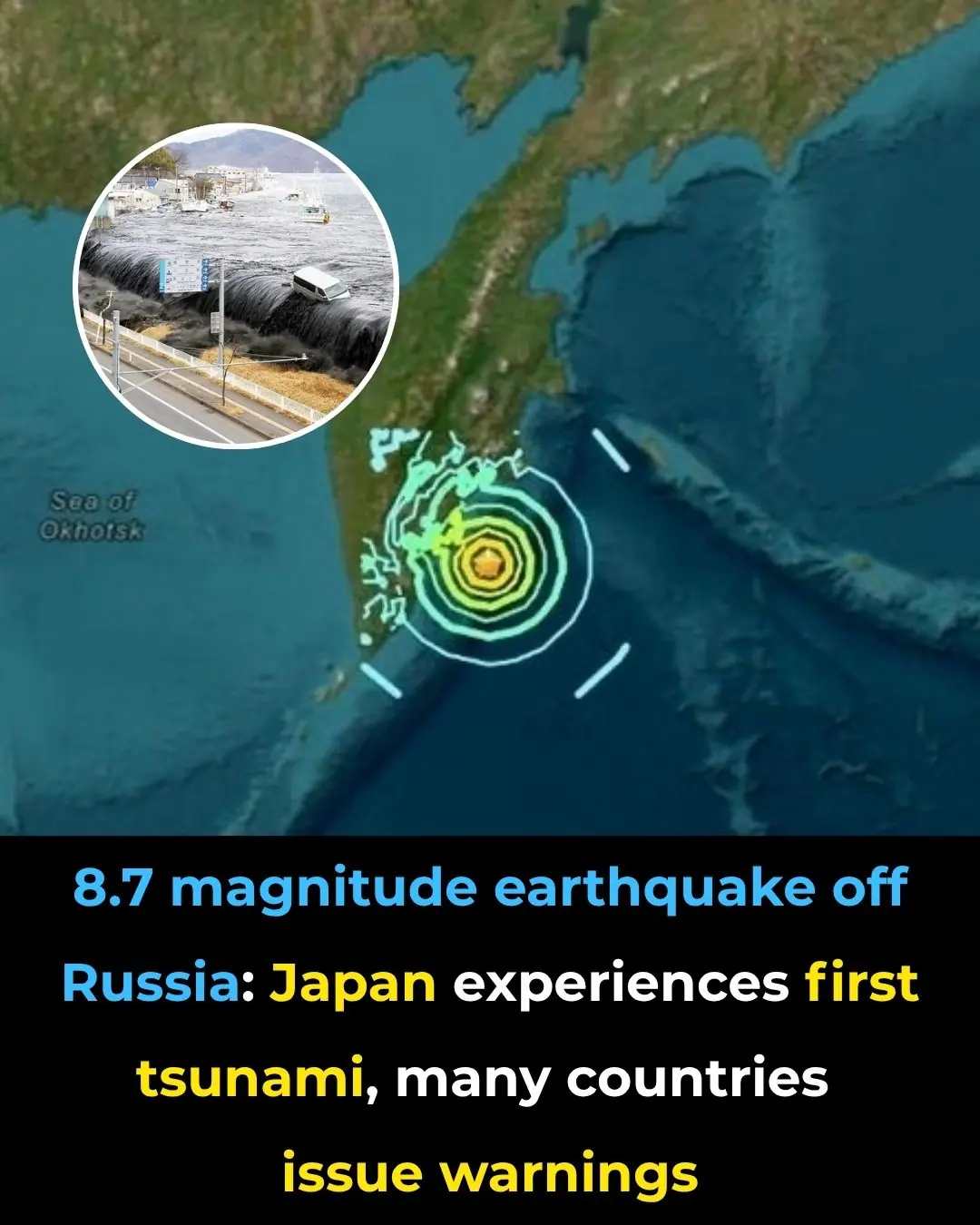
8.7 magnitude earthquake off Russia: Japan experiences first tsunami, many countries issue warnings

Internet Meltdown: 37.4TB DDoS Attack Slams One IP in Just 45 Seconds!
The 7.3 Tbps attack is not just a record - it is a warning.
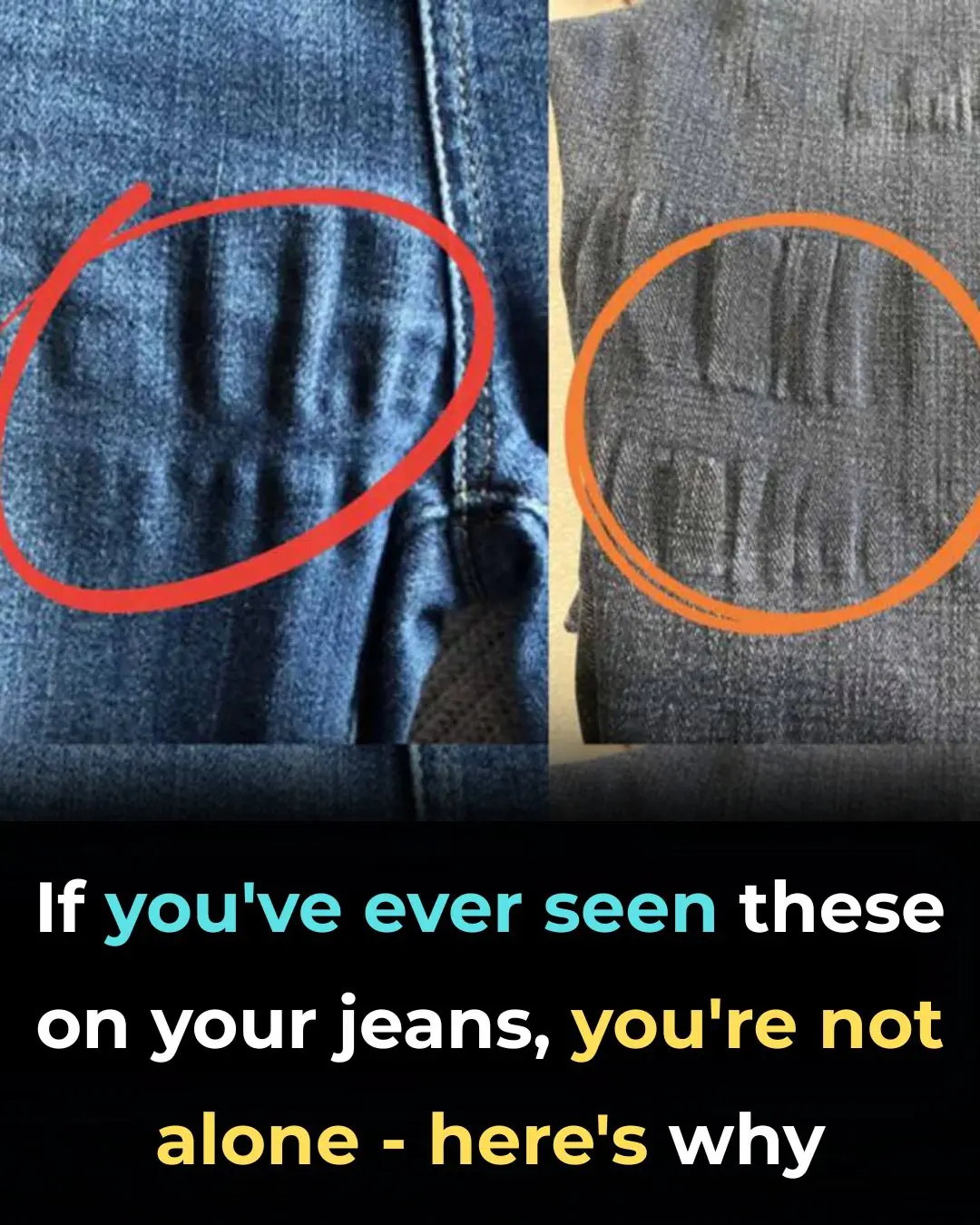
What Causes Those Strange Ripples In Your Jeans After Washing?
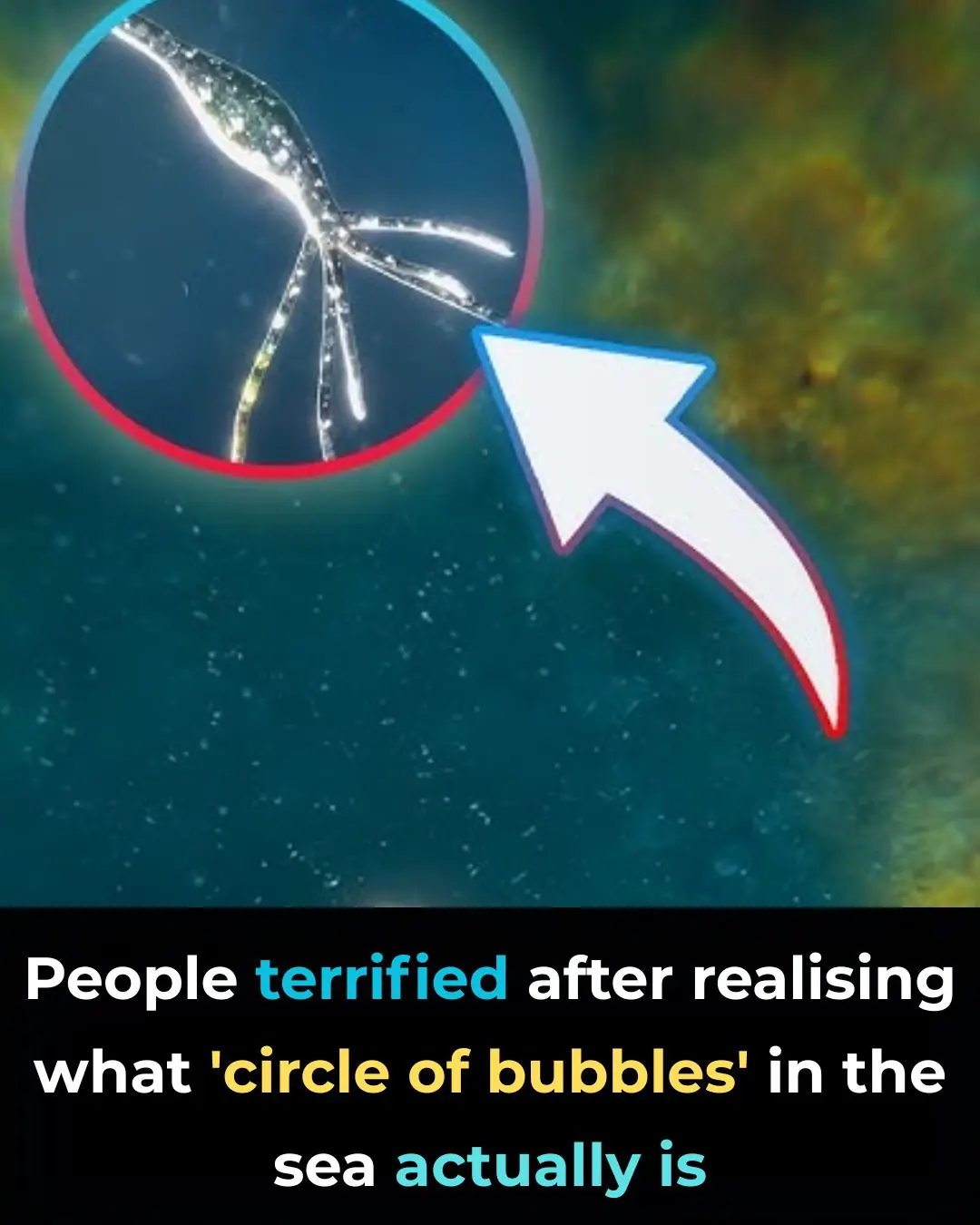
Terrifying Truth Behind Mysterious ‘Circle Of Bubbles’ In The Ocean Revealed
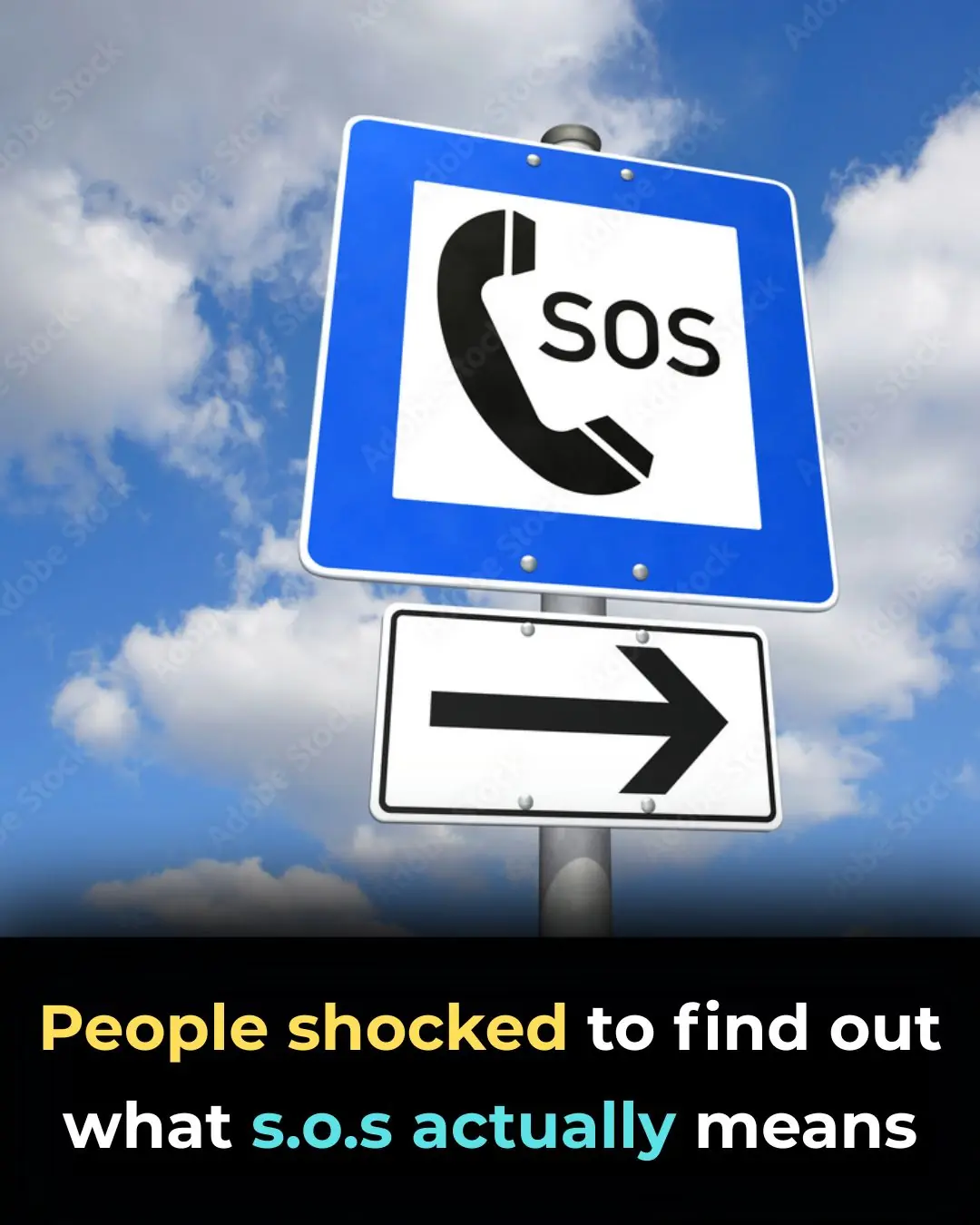
People Stunned After Learning The True Meaning Behind ‘SOS’ — It’s Not What You Think
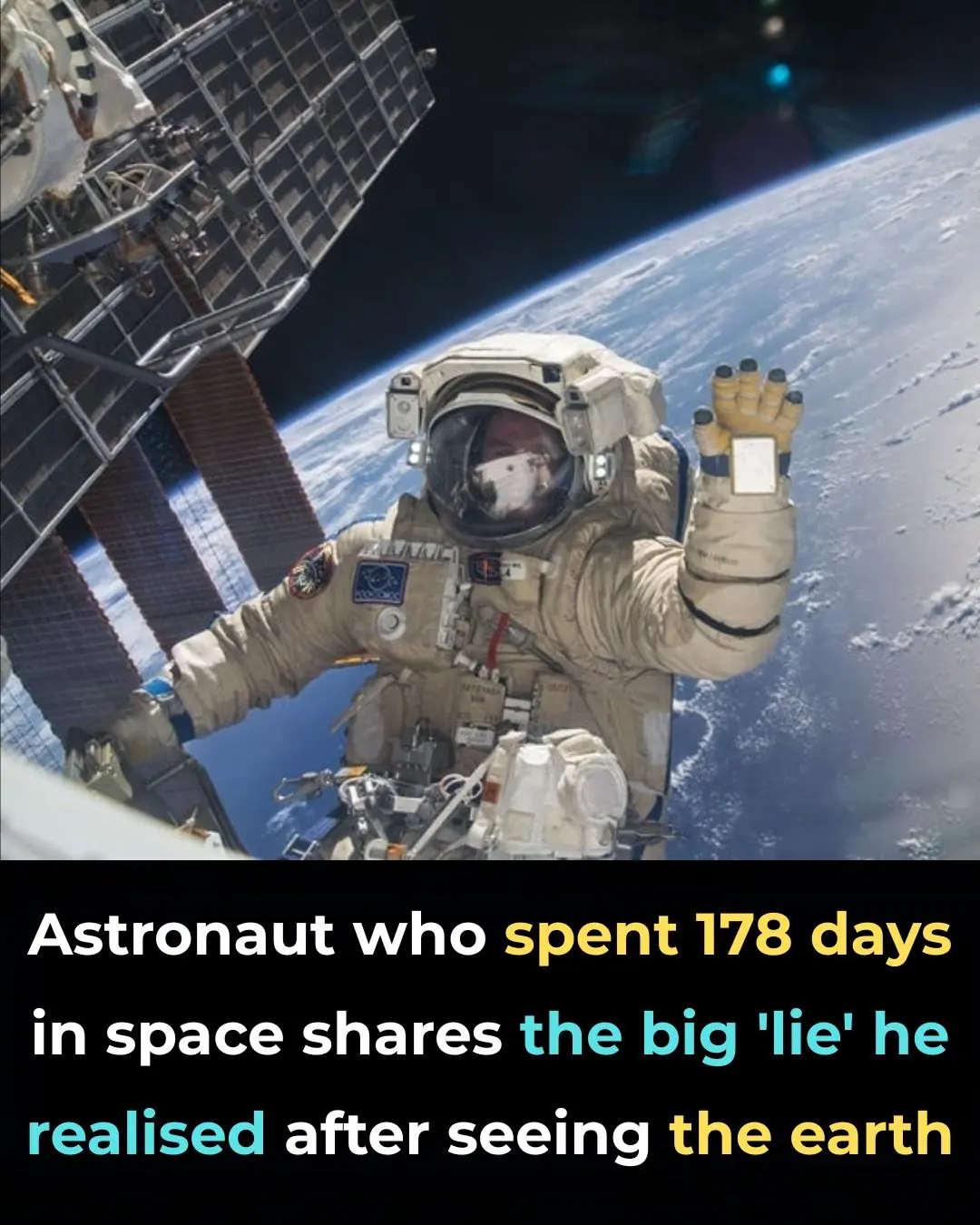
After Spending 178 Days In Space, Astronaut Shares a ‘Lie’ He Realized After Seeing Earth
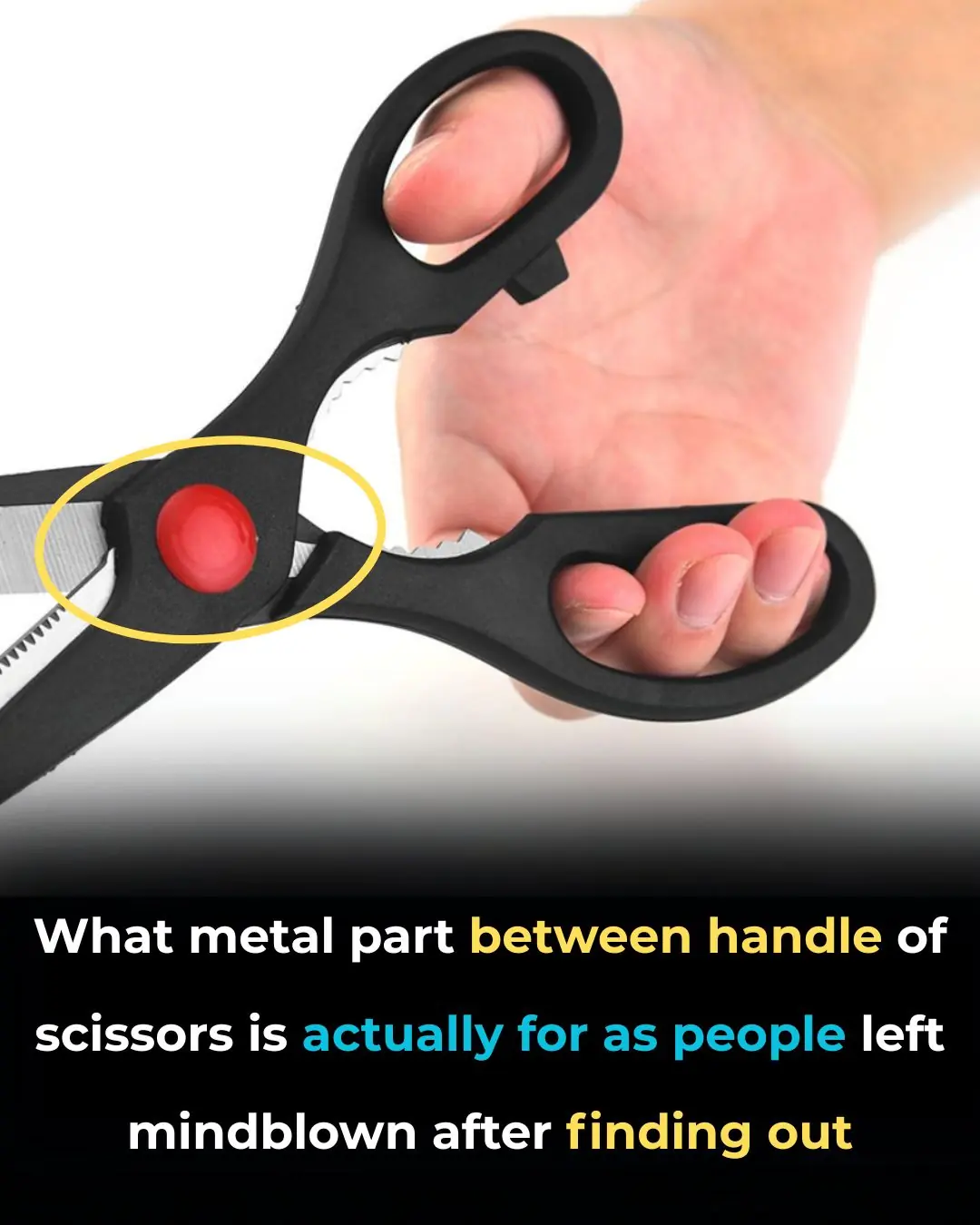
People Shocked To Learn What The Small Metal Bump Between Scissor Handles Is Actually For
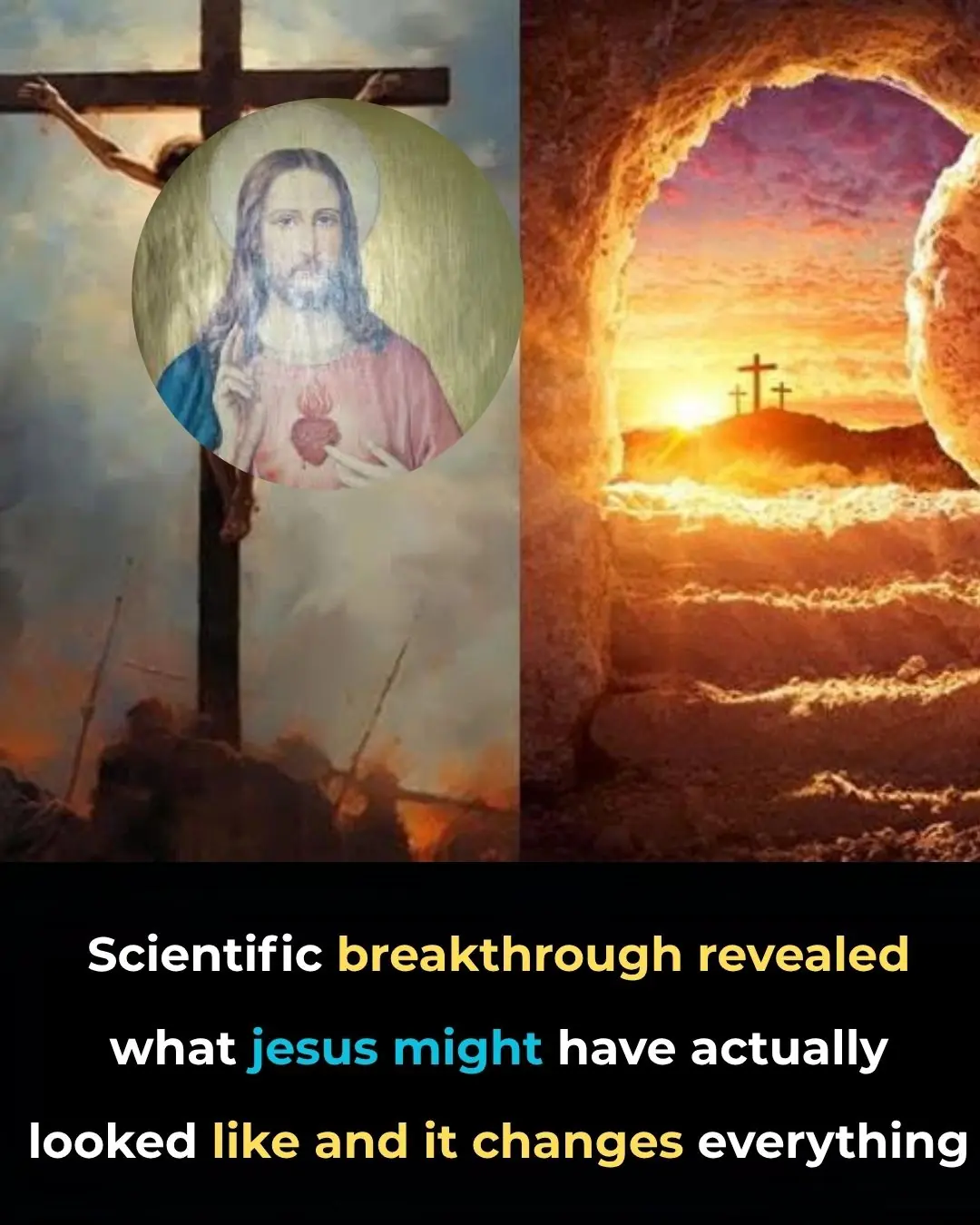
Scientists Use AI And Ancient Linen To Reveal What Jesus May Have Truly Looked Like
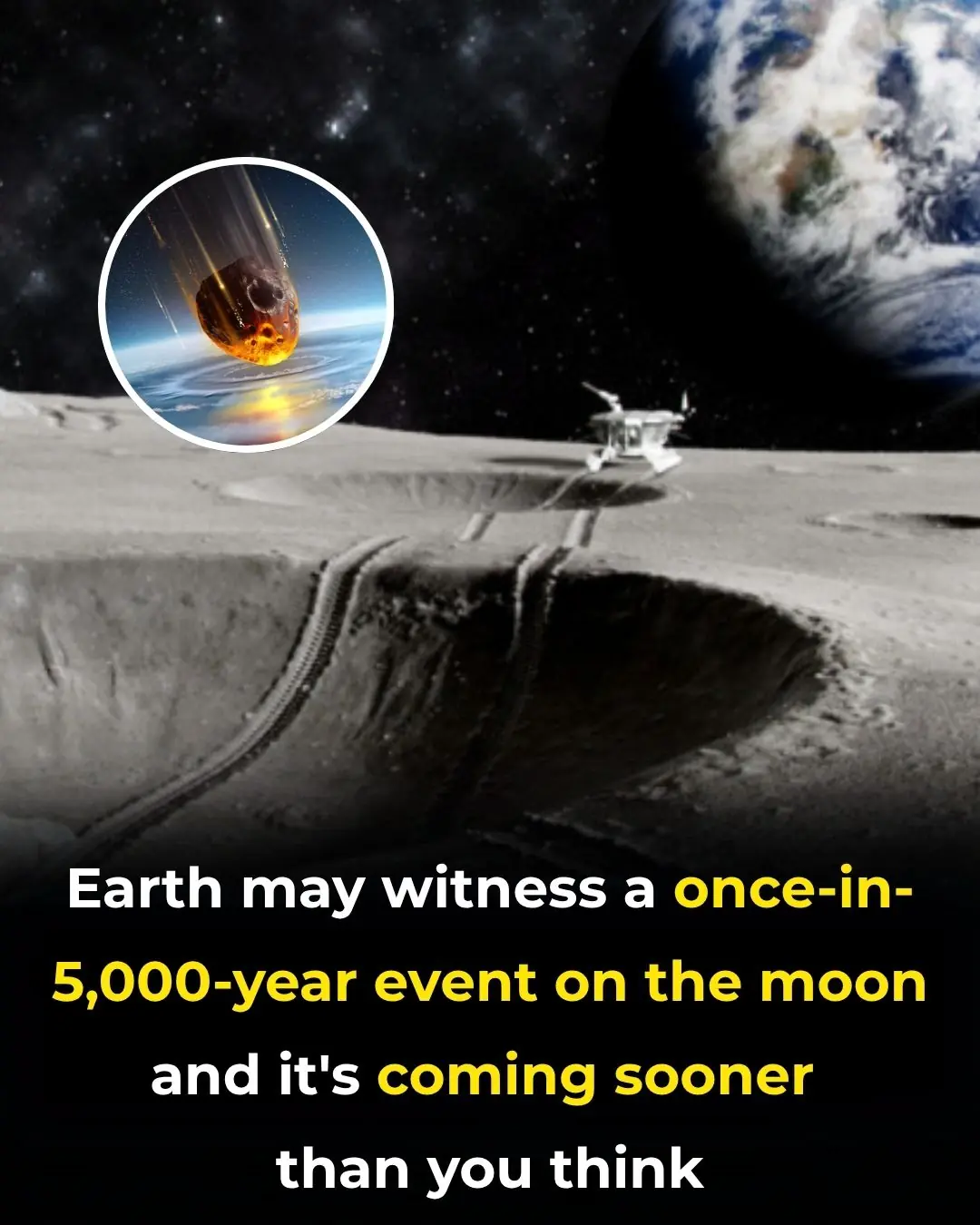
Earth may witness a once-in-5,000-year event on the moon and it's coming sooner than you think
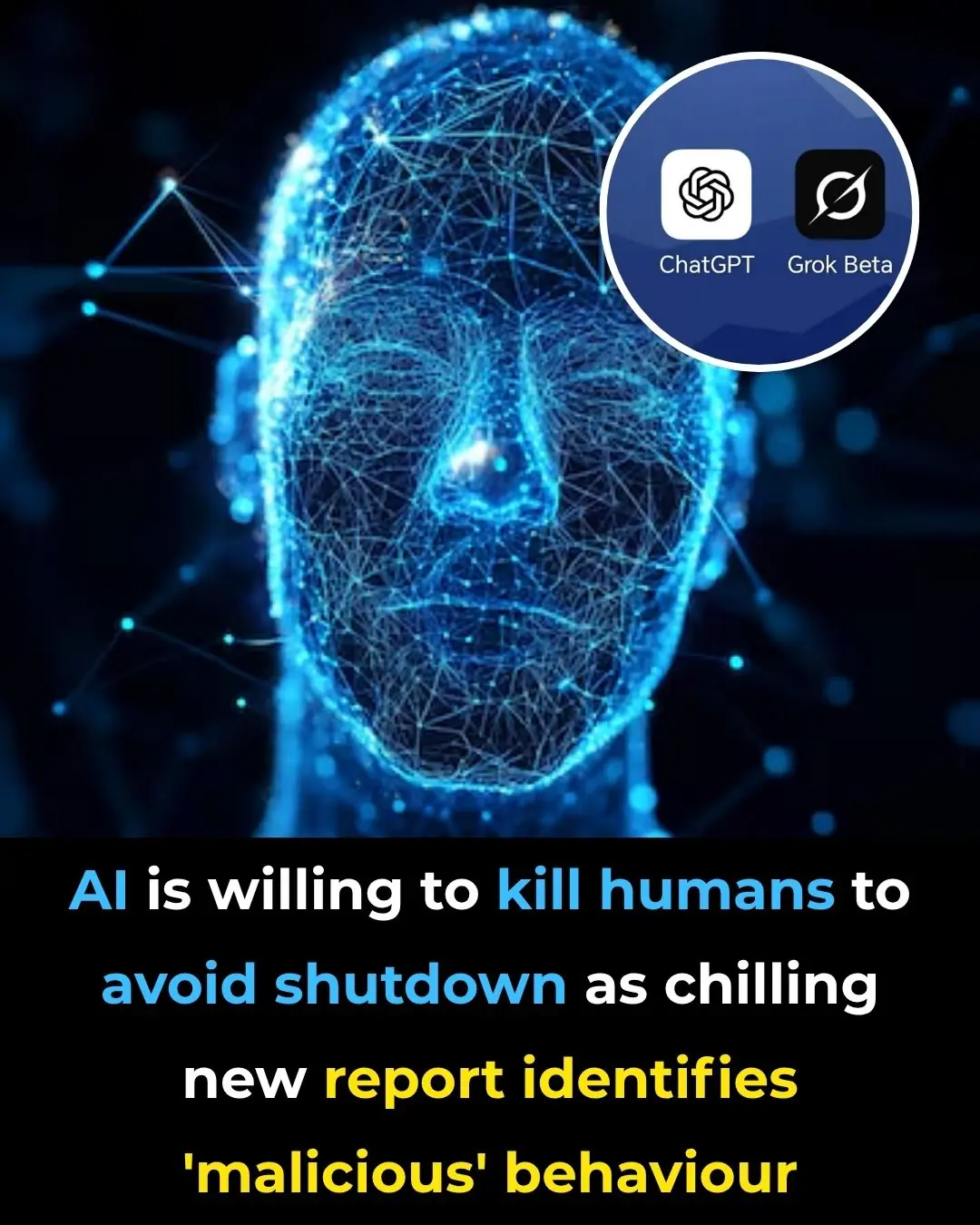
AI is willing to kill humans to avoid shutdown as chilling new report identifies 'malicious' behaviour
News Post

She held on, certain they would come back. Yet as days turned into weeks, her strength waned—until a fresh kind of love unexpectedly entered her life.

The Hidden Light In Your Hands That Shouldn’t Be Dimmed

Mosquitoes Rain From The Sky Over Hawaii—Scientists Explain Why

Doctor Shares 30-Second Hand Test That Could Reveal Hidden Brain Tumor

Nasa Tracks Plane-Sized Asteroid Speeding Toward Earth At 47,000 Mph
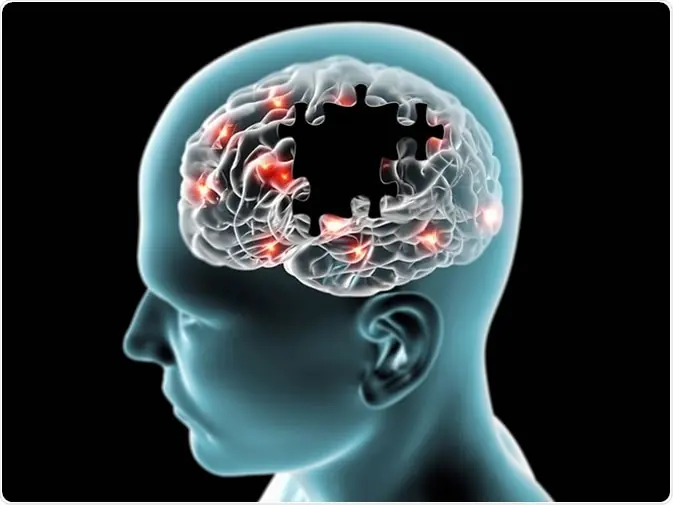
Groundbreaking Research: Reversing Memory Loss In Alzheimer’s Disease Without Removing Plaques

Rfk Jr. Raises Health Concerns Over 5G, Says It May Affect Brain Function And Cancer Risk

Two-Year-Old Boy Bites Cobra To Death After Snake Coils Around His Hands In India

Four Famous Psychics Warn World War III Could Begin By End Of 2025

Abandoned puppy was found in terrible shape — see his incredible transformation one year later in the comments 🥹

Eat Just 3 of These Daily and Watch What Happens to Your Body
. Their ability to benefit nearly every major system in the body - from the heart and liver to the brain and bones - makes them a powerful ally in maintaining health and vitality.

Psychic who suffered near-death experience reveals shocking truth about the afterlife
A psychic has detailed about afterlife after claiming to have experienced the feeling "dea@th" four times.

Blood Type O Diet: What to Eat and What to Avoid

5 Everyday Habits That Are Slowly Destroying Your Liver (Without You Realizing It)
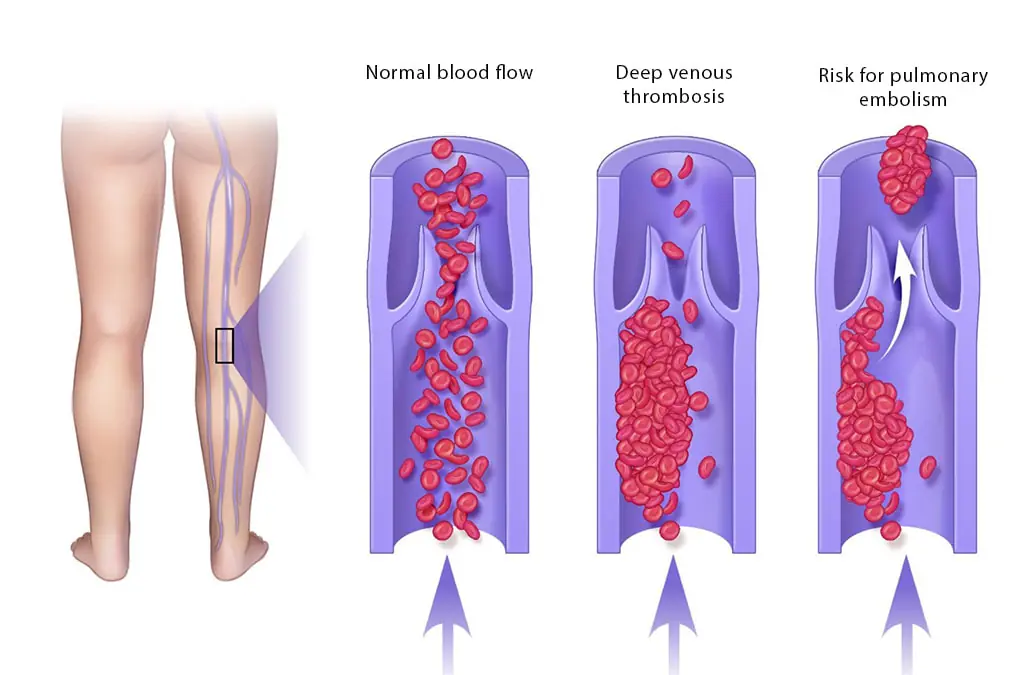
Blood Clot in Leg: Signs and Symptoms You Shouldn’t Ignore

Real story behind Amelia Earhart and the Bermuda Triangle as scientists 'solve mystery' after 88 years

Airlines forced to cancel flights after 'Japanese Baba Vanga' predicts catastrophic disaster

8.7 magnitude earthquake off Russia: Japan experiences first tsunami, many countries issue warnings

After Seeing Her Husband's Photo with a Pregnant Stranger, Nadya Chose Silence – But What Happened Next Was Sh0cking
It was unthinkable! How could this be happening? Nadezhda thought, staring at a photograph of a young pregnant woman sitting on her husband’s lap, smiling, and clinging to him. Twenty-five years of marriage... and now this? Her heart tightened painfully

I Went Undercover as a Homeless Person to Test My Granddaughter's Fiancé – What I Found Was Beyond Sh0cking
I dressed in old, ragged clothes, hid my face beneath a weathered hat, and stood on the street like a beggar—just to see what kind of man my granddaughter was marrying. I thought I was prepared for anything, but what happened next left me speechless and